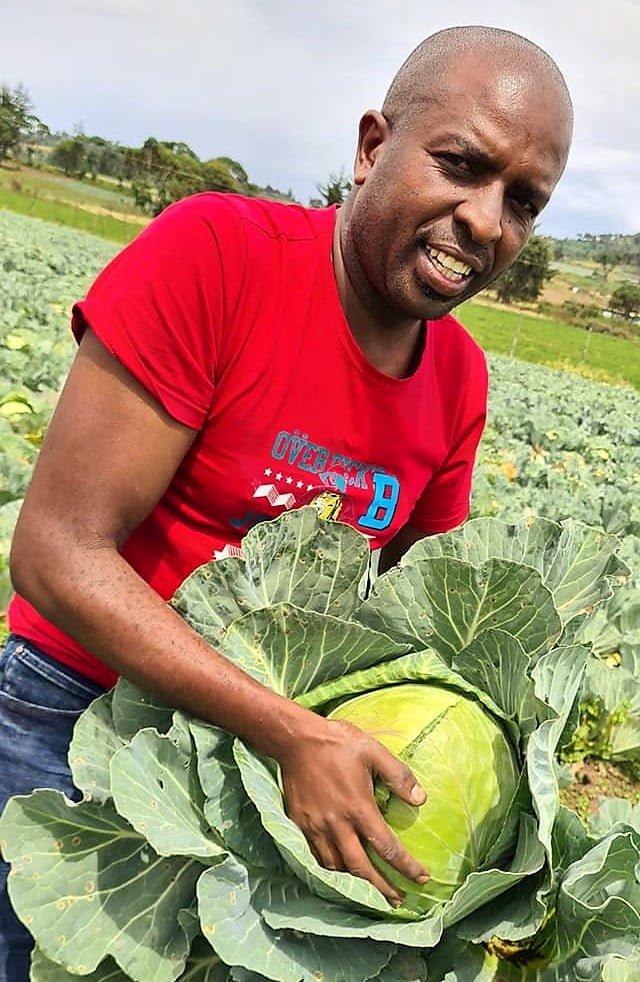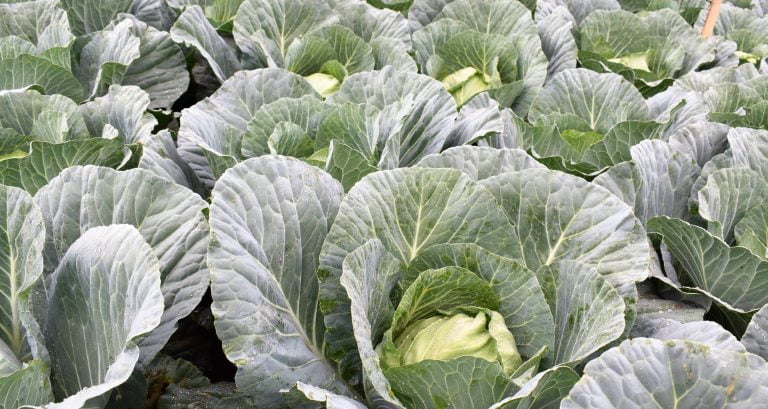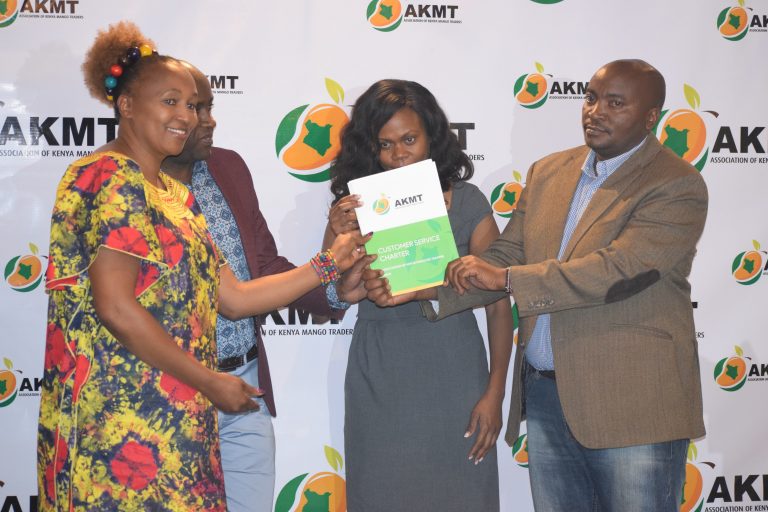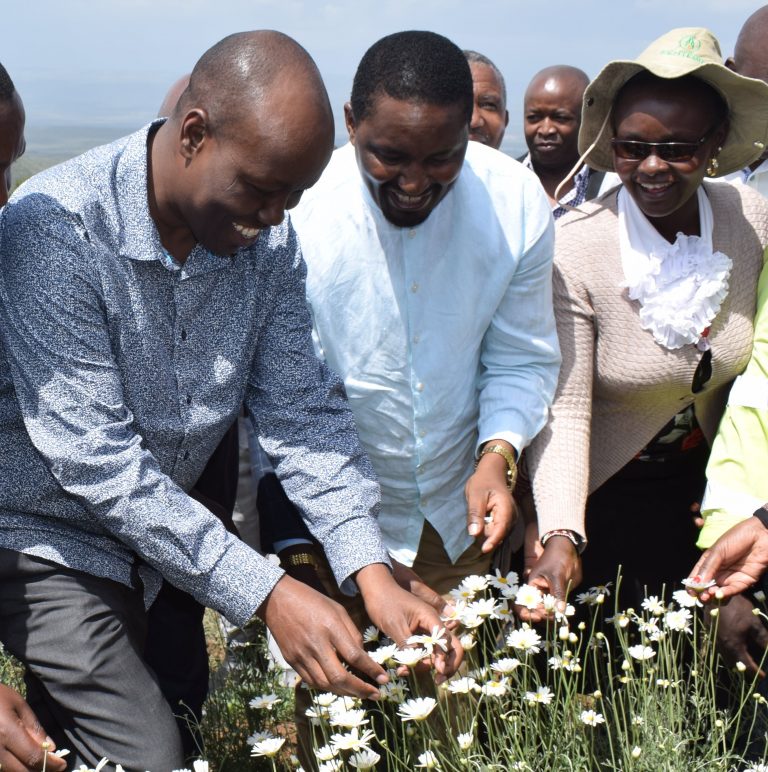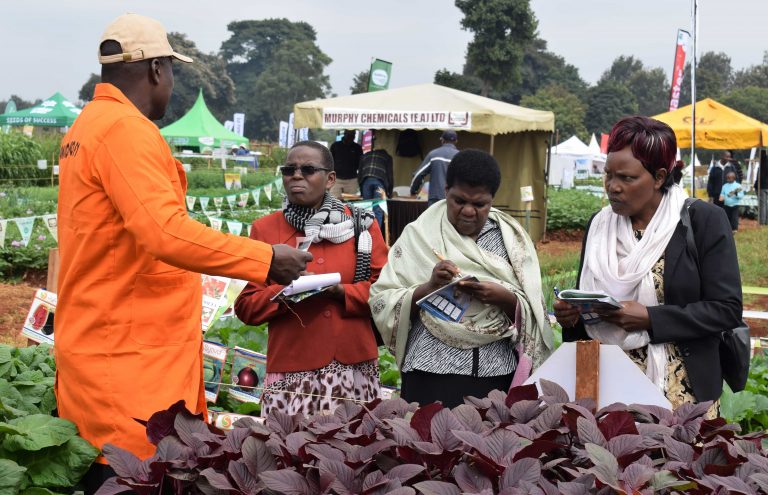Farming is great because it’s all about feeding people. Business is good because it’s an art of offering services to humanity. The higher the value of your service to humanity, the more they become willing to pay more for your services.
Farming is a game and just like in any game there are sets of rules that must be learned for one to become a competent player. Everyone goes into a game to win but winning isn’t just a factor of showing up. It has other components e.g.
- Learning the rules (a must)
- The rules must be taught by an experienced Agronomist (not interns with all due respect)
- Passion
- Persistence
- Patience
- Resilience.
Do not just dive into farming when you are not prepared properly.
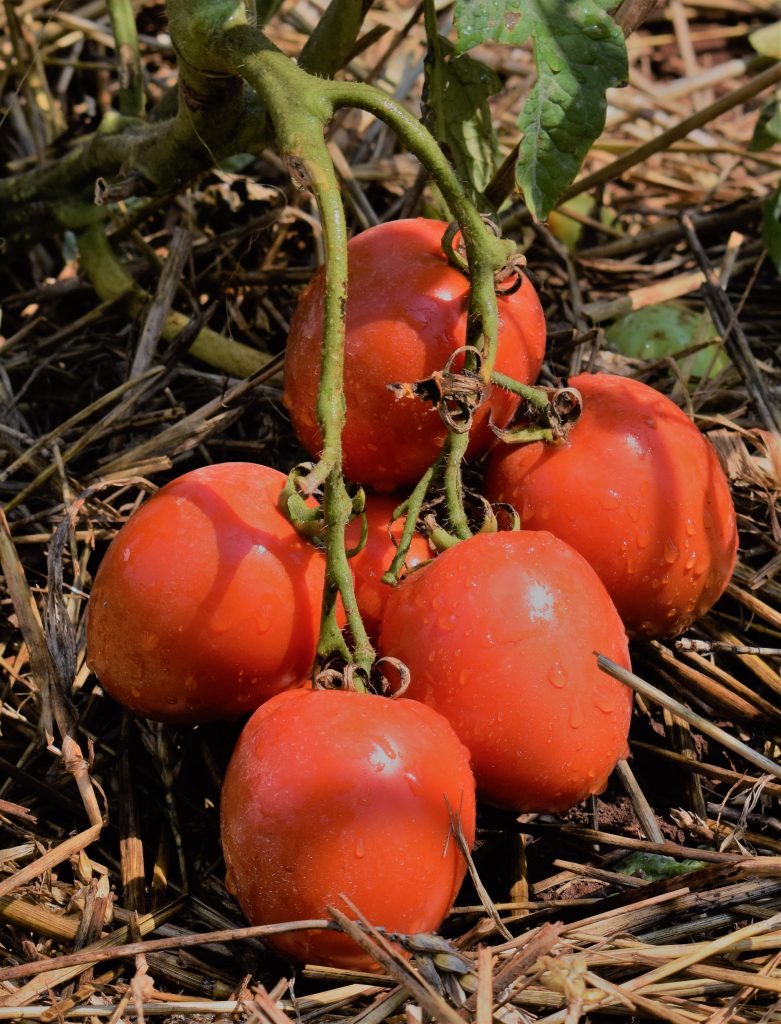
It’s very important that before you put the jembe on to the ground you must do the following.
- Decide on the area of land to be farmed.
- Evaluate if the irrigation water would be sufficient and how it would be pumped.
- Decide on the type of irrigation to be used. Whether drips, overhead or flood irrigation.
- Decide on crops to be grown.
- Decide on how much of each crop you would like to sell per week.
- Determine the wastage after harvesting in %
- Increase your planting program per week with assumed percentage loss at harvesting so that you would grow more than what you target to sell.
- Determine the germination percentage of each seed variety and increase the seeds amount into the nursery by compensating on what is lost at germination.
- List the equipment needed for the farming operation.
- List the Capex needed and their cost.
- Work out the fertilizers and the spray program for each crop and their cost
- Workout the water requirements for each crop.
- Determine the man-days requirements for each crop by setting targets for each activity.
- Determine production projections per week from when the crops will come into harvesting.
- Determine the total crop on the ground for up to when the farm would be full in order to assess whether the planting program is incongruent with the available space.
- Determine the spacings for each crop and the plant population per bed.
- 17 Determine the produce farm gate prices for each item.
- Prepare a full budget for the whole operation.
- Prepare a 1-year cash flow for the business.
- Identify the peak capital requirement through the cash flow.
- Set timelines and deliverables
- Recruit a competent manager to drive the entire plan as stipulated on paper with a clear JD
- Set evaluation criteria
- Evaluate your resources and if the cash available is adequate to run the farm for the first 6 months, hit the ground running.
Money in farming is made when:
- The target plant population is achieved.
- The target sale volume is achieved
- The produce is sold at the target projected price or higher.
Price should never be the success driver in farming because it’s never under one’s control. Production per unit area or bed as per the set target should be the success driver. It’s pointless to focus on what you can’t control.
When setting the farm gate prices, be conservative and don’t adjust them upwards as a way of inflating farm profits on paper because this is deceptive.
Failures in farming results from:
- Incompetent crops managers who have no discipline when it comes to following all the growing details from the plan or the job description.
- Land preparation. (Blocks must be measured, length and width must be known, tractor ploughing must be supervised and beds must be made well)
- Making holes or planting farrows. Here measurements must be adhered to. (a majority of farm operators lose the game here because they don’t supervise)
- Manure and Fertilizers application. Manure must be inside the planting hole together with the fertilizers and mixed properly to avoid scorching the seed or seedlings. (many operators don’t supervise leading to scorching of seeds and seedlings)
- Planting /transplanting where seeds are not properly covered or planting too deep.
- Seedlings are transplanted before irrigation and when irrigated, it’s not done properly.
- Failure to follow instructions in the above leads to poor germination or poor seed take which results in poor germination. Poor managers in these instances result to massive gapping to cover for their inefficiencies.
- Poor plant population is an automatic loss even before harvesting.
- Growing or nurturing 80% of any crop population is a pre-loss even before harvesting. The farmer’s profit is in the last 20% and must be safeguarded.
- All transplanted crops must be grown on more than 98% plant population to avoid losses. (this is never put into consideration)
- Irrigation. Any farm manager who doesn’t check the moisture level of each crop daily is a liability to the farm and will never be able to run a profitable farming business.
- 50% of the many farming operations failures are irrigation related. NB: under irrigation is as bad as over-irrigation
- Farming is like driving and the farm supervisors, production managers or farm managers cannot operate with hands off the steering wheel and expect success. It’s a high hands-on operation which requires the will, commitment, dedication, and competence.



